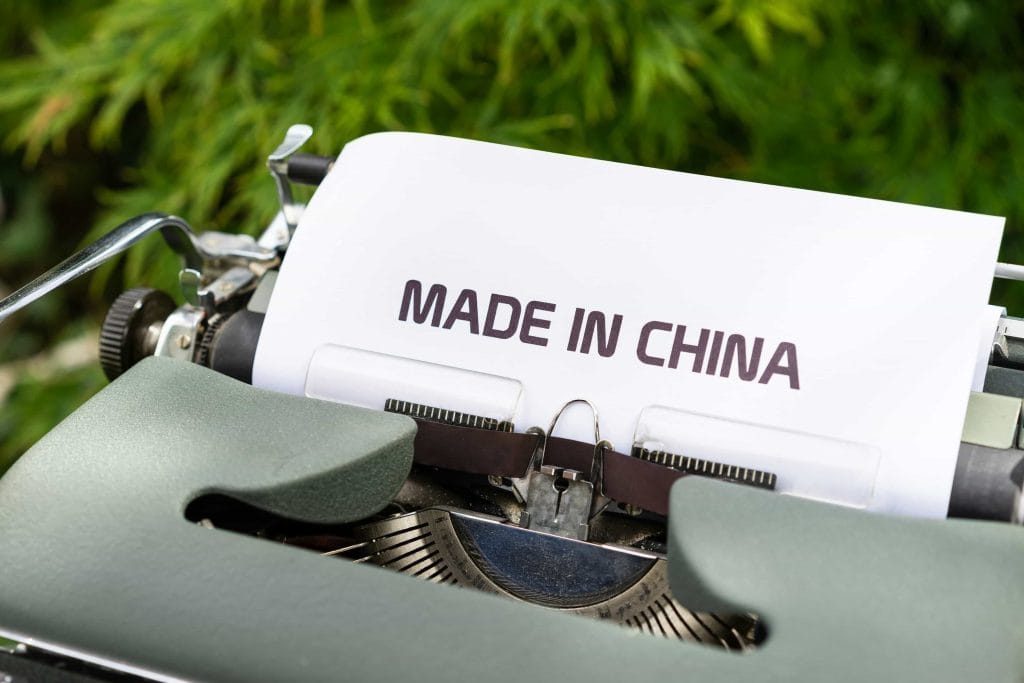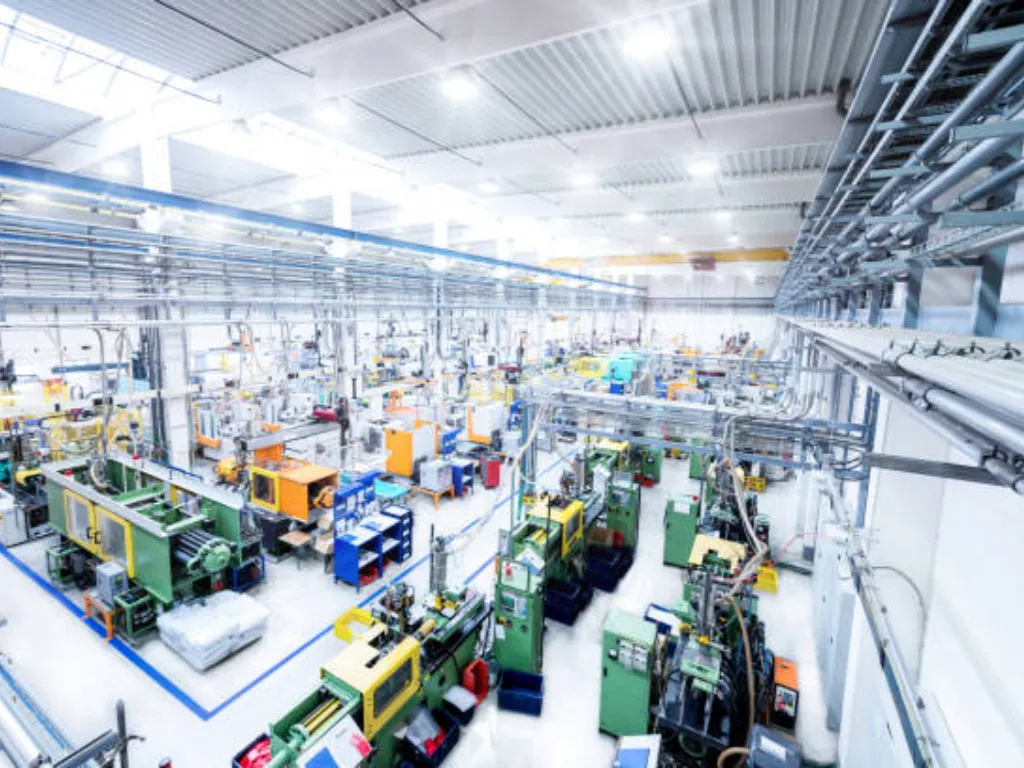China has long been recognized as the world’s manufacturing powerhouse, churning everything from electronics to apparel at prices that often seem too good to be true. But what exactly makes Chinese-made products so affordable?
In this article, we will dive into the key factors driving the cost-effectiveness of manufacturing in China, while also examining some potential drawbacks of sourcing products from this global hub.
Join us as we explore the ins and outs of China’s manufacturing landscape!
Why is it so Cheap to Import from China?

Importing products from China is often far cheaper than sourcing them from other countries. This price advantage can be attributed to several factors:
1. Low Labor Costs
| Country/Region | Labor Cost (USD/hour) | Total Cost Index | Cost Advantage vs USA |
|---|---|---|---|
| USA | $25-30 | 100 | Baseline |
| China | $3-5 | 60-75 | 25-40% Lower |
| Germany | $40-45 | 105 | 5% Higher |
| Mexico | $6-8 | 80 | 20% Lower |
| India | $2-3 | 65 | 35% Lower |
One of the key reasons behind China’s affordable imports is its relatively low labor costs. With a vast workforce in its manufacturing sectors, China can maintain wages significantly lower than those in countries like the U.S. or Europe. The cost savings from this affordable labor are often passed down through the supply chain, leading to lower product prices for consumers.
Manufacturing Cost Comparison: China vs. Other Regions
Recent industry analyses show significant cost differentials:
- Labor costs: Chinese manufacturing wages average 15-20% of comparable US wages
- Total manufacturing costs: Products made in China typically cost 20-40% less than US-manufactured equivalents
- Time to market: China’s integrated supply chains can reduce product development timelines by 30-50%
- Production scalability: China can scale production volumes 3-5x faster than most other regions
Industry-Specific Cost Advantages
- Complete supply chain from semiconductors to final assembly
- Specialized workforce with technical training
- Government support for R&D and innovation
- Vertical integration from fiber production to finished garments
- Highly efficient production lines with decades of optimization
- Access to both cotton and synthetic material suppliers
- Growing expertise in electric vehicle components
- Integration with global automotive supply chains
- Government incentives for new energy vehicle production
2. Economies of Scale
China boasts a vast manufacturing base, enabling companies to leverage economies of scale. With high production volumes, fixed costs are distributed across a larger number of units, resulting in lower per-unit costs. This, in turn, helps to significantly reduce the overall price of products.
3. Rich Raw Material Market
China is endowed with an abundance of natural resources, providing a wide range of raw materials essential for manufacturing. This wealth of materials helps lower the cost of importing production inputs, enabling manufacturers to maintain competitive overall production costs.
4. Strong Supply Chain Infrastructure
China boasts one of the most advanced and efficient supply chain systems globally. Key manufacturing hubs like Guangzhou and Shanghai are supported by an integrated network of suppliers, ports, and transport links, enabling goods to be moved swiftly and cost-effectively. This allows manufacturers to source materials and distribute products with remarkable speed and efficiency, further reducing costs and ensuring timely delivery.
5. Integrated Manufacturing Ecosystem
China’s manufacturing success isn’t just about individual factories—it’s about entire ecosystems. Take Shenzhen as an example: this city has evolved into a comprehensive electronics manufacturing hub of component suppliers, assembly plants, testing facilities, and logistics providers.
This clustering effect means:
- Reduced transportation costs between suppliers
- Faster prototyping and production cycles
- Knowledge sharing and innovation spillovers
- Economies of agglomeration that further reduce costs
Major international companies like Apple, Samsung, and other tech giants have built their supply chains around these integrated ecosystems, making it economically unfeasible to relocate production elsewhere.
6. Government Subsidies and Support
| Cost Component | China Advantage | Primary Drivers | Impact on Final Price |
|---|---|---|---|
| Labor | 80-85% Lower | Large workforce, lower wages | High |
| Raw Materials | 15-25% Lower | Local sourcing, government support | Medium |
| Energy | 20-40% Lower | Subsidized electricity, infrastructure | Medium |
| Land & Facilities | 60-70% Lower | Industrial zones, government incentives | Medium |
| Logistics | 10-20% Lower | Integrated supply chains, ports | Low-Medium |
The Chinese government frequently offers financial support to manufacturers, particularly in industries such as electronics and textiles. These subsidies may include tax incentives, grants, and low-interest loans, all of which help reduce production costs. As a result, companies can offer their products at more competitive prices while still ensuring profitability.
7. Currency Advantage and Exchange Rate Impact
China’s currency policies have historically provided an additional cost advantage. The Chinese yuan (CNY) has been maintaining competitiveness in international markets. According to various economic analyses, the yuan has been undervalued by an estimated 25-30% against major currencies like the US dollar, making Chinese exports 25-30% cheaper than they would be at market exchange rates.
Combined with China’s foreign exchange reserves of over $3.2 trillion, Chinese manufacturers are able to maintain stable pricing even during economic fluctuations.
What Are the Negatives of Manufacturing in China?

While manufacturing in China offers undeniable cost advantages, there are several drawbacks to consider when deciding to source goods from this country. Let’s take a look at whether low-cost country sourcing is right for your business.
1. Bad Workers Conditions
Despite China’s economic growth, labor conditions in some factories continue to raise concerns. Many Chinese manufacturers still depend on low-paid, often undertrained workers. This reliance can result in worker exploitation, extended working hours, and safety hazards, ultimately affecting the quality of the products produced.
2. Environmental Concerns
China’s rapid industrialization often comes at the cost of environmental sustainability. In some regions, factories may not adhere to the same environmental standards required in other countries, which can lead to the contamination of manufactured products.
3. Quality Control Issues
While China is home to numerous world-class manufacturers, quality control can vary significantly between factories. Some low-cost manufacturers may prioritize volume and cost reduction, which can result in compromised product quality. This issue is especially concerning for products that require high precision and quality, such as electronics or luxury fashion items.
4. Cultural Differences
Working with Chinese manufacturers can sometimes involve challenges related to communication and cultural differences. Misunderstandings in language, negotiation styles, and business practices can lead to delays, quality issues, or other problems.
Cheap in China Doesn’t Mean Bad in China

In today’s globalized world, the label ‘Made in China’ is often linked to low prices and poor quality, it is a mistake sourcing from China. However, this perception is not entirely accurate. With the rapid growth of China’s manufacturing industry, many companies have successfully struck a balance between cost efficiency and quality control, offering products that are both affordable and of high quality.
1. The Balance Between Price and Quality
The “cheap and low-quality” stereotype is increasingly outdated. Here’s why:
Investment in Technology:
- Chinese manufacturers have invested heavily in automation and precision equipment
- Many factories now use the same machinery and quality control systems as their Western counterparts
- Industry 4.0 technologies are being rapidly adopted across manufacturing sectors
Certification and Standards:
- Over 400,000 Chinese companies hold ISO certifications
- Many manufacturers meet or exceed international quality standards (CE, UL, FCC, etc.)
- Third-party quality inspection services have become standard practice
Brand Development:
- Chinese companies are increasingly focused on building their own brands
- This shift incentivizes higher quality and innovation
- Examples: Huawei, Xiaomi, DJI, and BYD have become global quality leaders
2. International Certification
With the globalization of China’s manufacturing industry, an increasing number of Chinese factories have obtained international certifications, such as ISO 9001 quality management system certification, CE certification, UL certification, and more.
These certifications not only demonstrate that the products meet international quality standards but also ensure transparency and traceability throughout the production process.
In particular, industries like jewelry, auto parts, and high-end home appliances have seen Chinese-made products that not only meet but often exceed the requirements of the international market.
ASG Offer Helps

ASG is dedicated to being your trusted partner, connecting you with China’s leading manufacturers to provide factory-direct services and help you select the most suitable products.
By collaborating with high-quality suppliers and leveraging strong logistics support, we maintain a stringent price control system. This streamlines the procurement process, ensures efficient and secure product delivery, and offers competitive pricing—making your jewelry purchasing experience seamless and worry-free.
Additionally, we offer product photography, supplier management, and assistance in building your brand. Click the green font links to discover more about our services!
Conclusion

Factories in China are often associated with mass-producing inexpensive, low-quality products. However, many manufacturers are fully capable of producing high-tech, premium-quality goods.
When considering a Chinese supplier, it’s important to remember that the price you request can directly impact the quality of the products you receive. If you’re asking for an extremely low price on a small order, you may end up with subpar products.
It’s essential to remember that China produces high-quality products every day—it’s simply a matter of being willing to invest in them. At the same time, ASG connects you with top-tier Chinese suppliers who meet your quality standards. Feel free to leave your contact information on our website; we’ll be happy to assist you in finding the right supplier!
FAQs
1. Why does China’s growing infrastructure lead to lower-cost manufacturing?
China’s extensive and sophisticated infrastructure, including its ports and transportation networks, plays a crucial role in reducing logistics costs. Efficient logistics and transportation systems shorten lead times, streamline the movement of goods, and ultimately lower overall production costs.
2. Is made in China safe to buy?
If you are not using a sourcing agent, it is recommended that you use legitimate payment methods for purchasing, such as PayPal or Alibaba Trade Assurance.
3. What does China specialize in producing?
China is a leading manufacturing hub for a wide range of products, here is a made in China products list above: including clothing, furniture, toys, agricultural and sideline products, electronic machinery, oil and mineral resources, consumer goods, and seafood.
4. How does China’s infrastructure contribute to lower costs?
China has invested over $1.4 trillion in infrastructure development over the past decade. This includes high-speed rail networks, modern ports (7 of the world’s top 10 busiest ports are in China), and advanced logistics systems. This infrastructure reduces transportation time and costs significantly—for example, goods can move from factory to port in major manufacturing regions within 2-4 hours.
5. What role do Special Economic Zones play in cost reduction?
China operates numerous Special Economic Zones (SEZs) that offer additional tax incentives, streamlined regulations, and enhanced infrastructure. Companies operating in these zones can benefit from reduced corporate tax rates (often 15% instead of the standard 25%), duty-free import of manufacturing equipment, and simplified export procedures.
6. Is the cost advantage sustainable long-term?
While costs in China have been rising due to economic development, the country maintains advantages through automation, technology adoption, and continued infrastructure investment. Many economists predict China will remain cost-competitive for at least the next 10-15 years, though the gap with other countries may narrow.







-300x198.png)